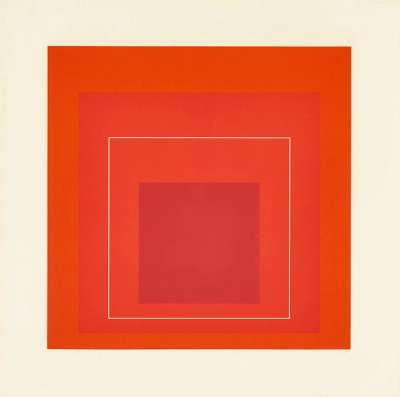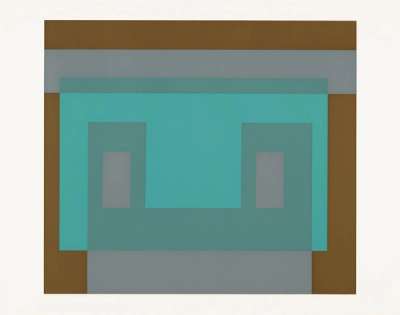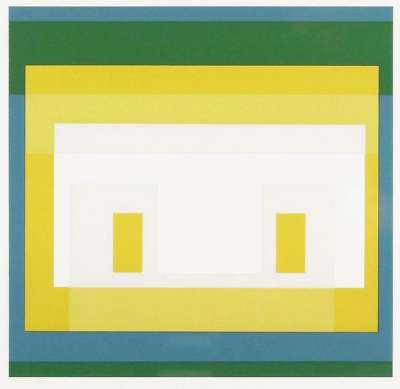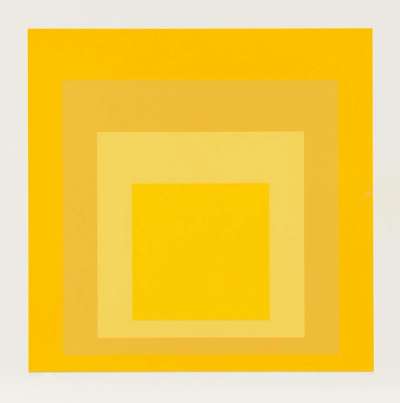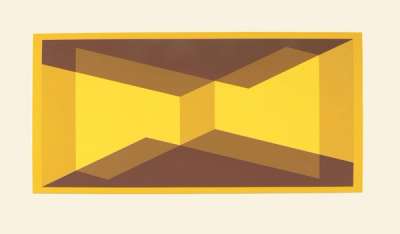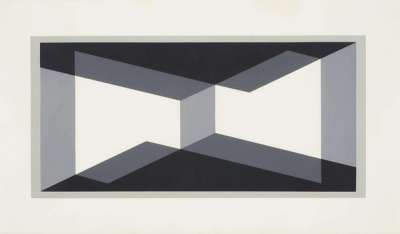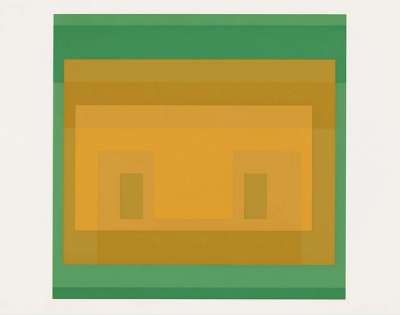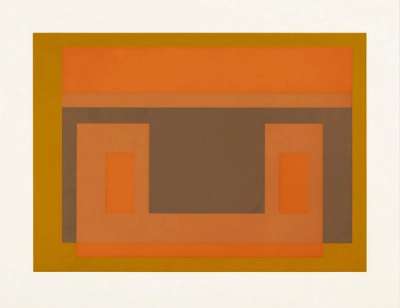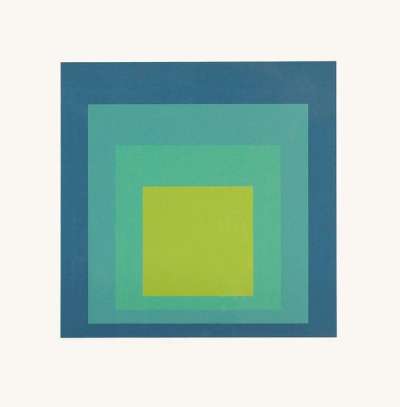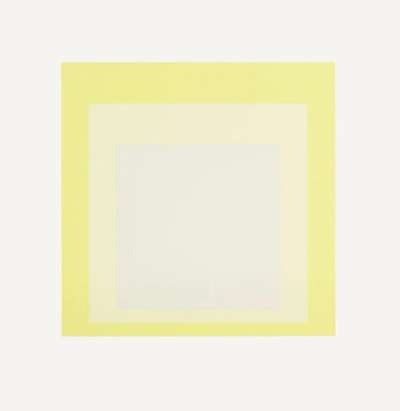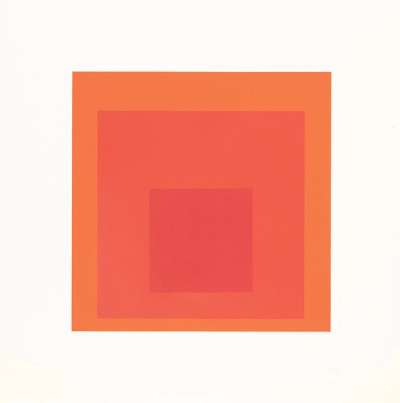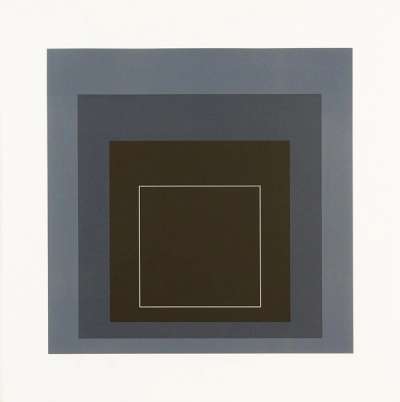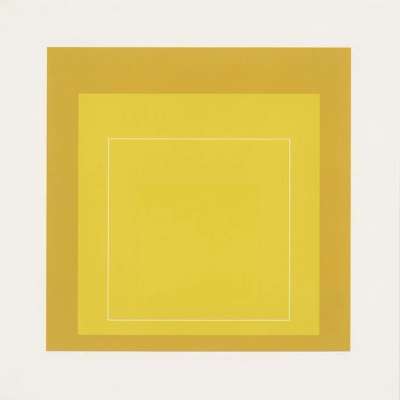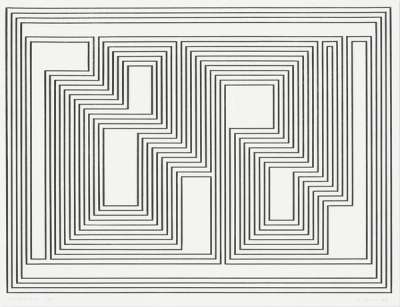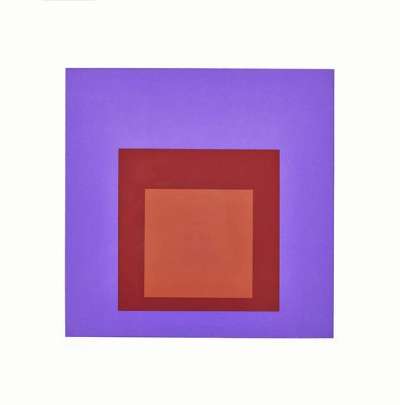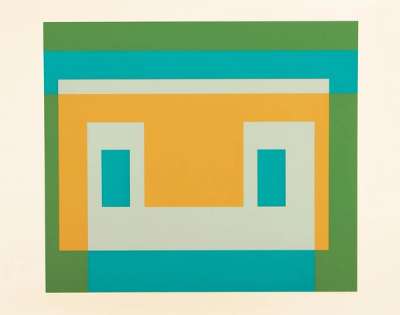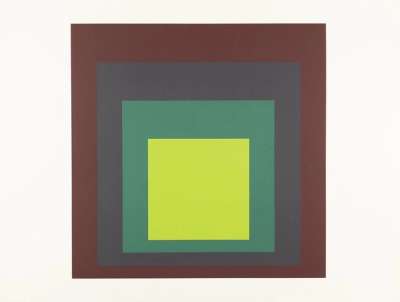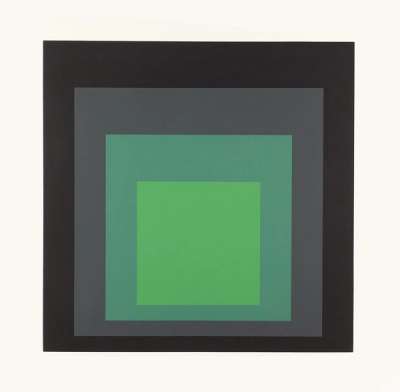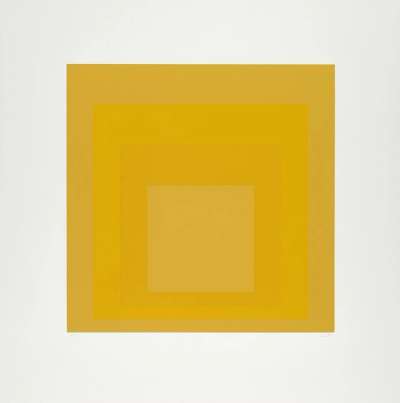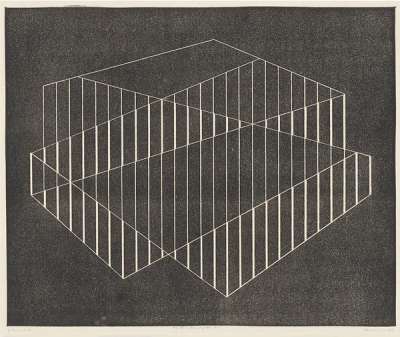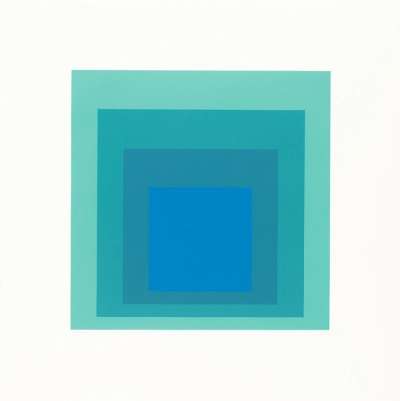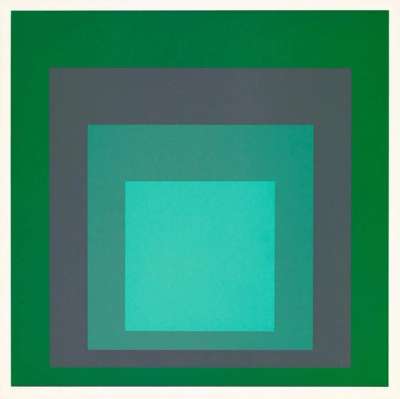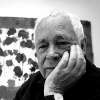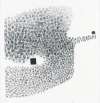Josef
Albers
Joseph Albers is celebrated for his influential work in colour theory and significant contributions to both the Bauhaus and American modern art. If you’re looking for original Joseph Albers prints and editions for sale or would like to sell, request a complimentary valuation and browse our network’s most in-demand works.
Josef Albers art for sale
Discover Josef Albers prints for sale, exclusively available through our private network of collectors. Explore signed and unsigned screenprints, lithographs, digital prints, and rare editioned proof prints by era-defining blue chip artists.
Sell Your Art
with Us
with Us
Join Our Network of Collectors. Buy, Sell and Track Demand
Biography
Joseph Albers, born in 1888 in Bottrop, Germany, became one of the most influential figures in modern art and design. His early experiences at the prestigious Bauhaus school in Germany laid the foundation for his lifelong exploration of colour and form. Initially engaging with glassworks and furniture design, Albers developed a keen sense for materials and geometric composition, which later evolved into a more focused inquiry into colour theory. His tenure at the Bauhaus, both as a student and later as an instructor, was pivotal in shaping his approach to art, emphasising functionality, simplicity, and the integration of art into everyday life. These formative years at the Bauhaus not only honed his artistic skills but also instilled in him a philosophy of art as a universal language transcending cultural barriers.
In 1933, Albers' life took a dramatic turn when he fled Nazi Germany for the United States. This move marked the beginning of a significant new chapter in his career and in the broader landscape of American art education. Settling in North Carolina, Albers became a leading figure at the Black Mountain College, where he revolutionised the approach to art education. His emphasis on experiential learning and hands-on exploration of materials influenced an entire generation of American artists. At Black Mountain College, Albers shaped a creative environment that fostered the talents of notable artists such as Robert Rauschenberg and Cy Twombly. His approach to teaching, which integrated European modernist ideas, bridged a crucial gap between European and American art philosophies.
Albers also made significant contributions to the American art scene through his organisational efforts, notably curating the first major retrospective of Paul Klee’s work in America in 1938. His Homage to the Square series, a methodical exploration of colour interactions and relationships, provided a new framework for understanding and perceiving colour in art. These works, recognised for their conceptual rigour and aesthetic simplicity, not only gained acclaim for their visual appeal but also for their intellectual depth.





